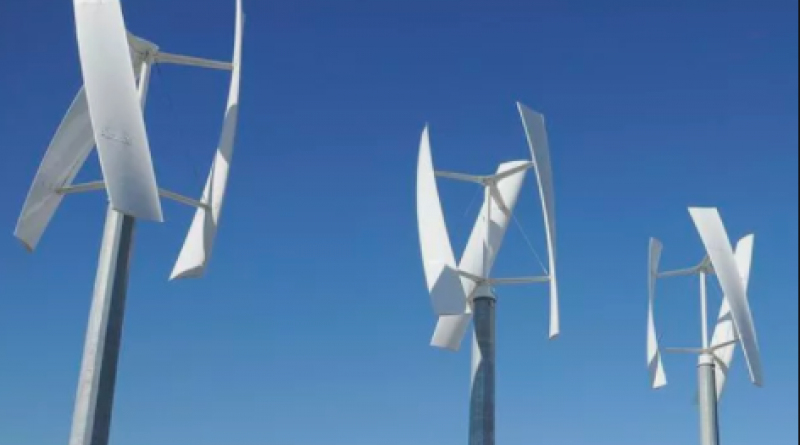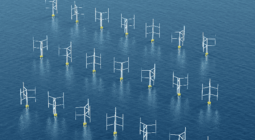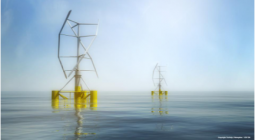Numerical modelling and optimization of vertical axis wind turbine pairs: A scale up approach

Αbstract
The performance augmentation of pairs of vertical axis wind turbines (VAWTs) is known to be dependent on incident wind direction, turbine spacing and direction of rotation. Yet, there is a lack of robust numerical models investigating the impact of these parameters. In this study two-dimensional CFD simulations of an isolated VAWT and of co- and counter-rotating pairs of VAWTs were performed with the aim to determine turbine layouts that can increase the power output of VAWT farms. More than 11,500 h of simulations were conducted at a turbine diameter Reynolds number of 1.35 $ 107 . A mesh convergence study was conducted, investigating the influence of mesh size, domain size, azimuth increment, number of iterations per time step, and domain cell density. Results showed that mesh size, domain size, and azimuth increment proved to have the biggest impact on the converged results. For the configurations analysed, pairs of VAWTs exhibited a 15% increase in power output compared to operating in isolation, when the second rotor was spaced three turbine diameters downstream and at an angle of 60 to the wind direction. Furthermore, when three turbines were positioned in series, the power output was greater than a pair by an additional 3%
*Full article attached
8 June 2021




